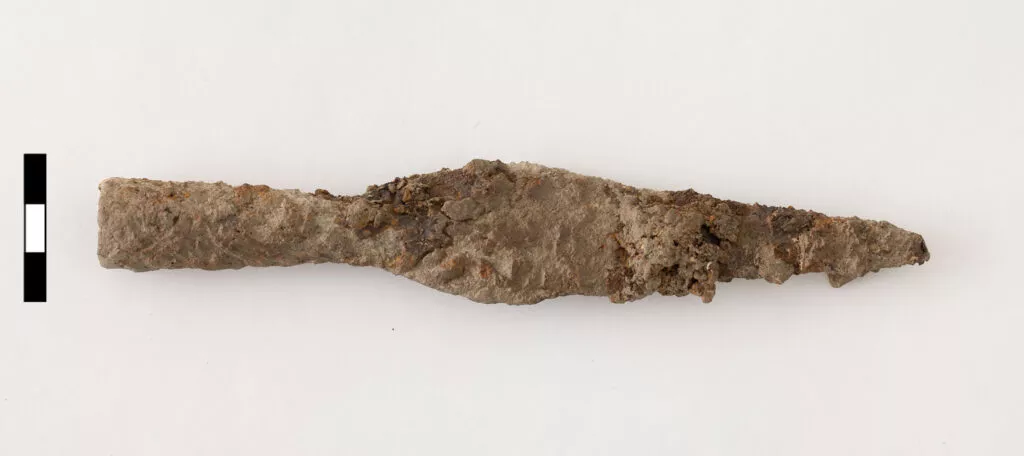In a groundbreaking discovery, archaeologists have unearthed a Roman battlefield near Vienna, offering a rare glimpse into the military strategies and historical context of the Roman Empire in the region. This significant find promises to enhance our understanding of Roman military history and their operations in Eastern Europe.
Details of the Discovery
The site was uncovered during a routine excavation project led by a team of international archaeologists working in collaboration with local authorities. Preliminary assessments suggest the battlefield dates back to the 2nd century AD, a period marked by Roman expansion and consolidation in the region. The site is believed to be associated with the Marcomannic Wars, a series of conflicts that saw the Roman Empire clashing with Germanic tribes.
Significant Artifacts Uncovered
- Weapons and Armor: A variety of Roman weapons and armor have been discovered, including gladii (swords), pilum (javelins), and remnants of lorica segmentata (segmented armor).
- Roman Coins: Coins bearing the likenesses of emperors Marcus Aurelius and Commodus, providing a timeline for the battlefield's activity.
- Camp Remains: Evidence of temporary encampments, including tent pegs and fire pits, offering insight into Roman military logistics.
Implications for History
This discovery is not only significant for historians and archaeologists but also for enthusiasts of Roman history. The artifacts and site layout provide invaluable data that could lead to a deeper understanding of Roman military tactics and their interactions with local populations. The Austrian government is expected to preserve the site for further archaeological study and potentially open it to the public as part of a historical tourism initiative.
As researchers continue to analyze the findings, this newly unearthed battlefield near Vienna stands as a testament to the rich and complex history that lies beneath our feet, awaiting discovery.
Read Full Article Here





